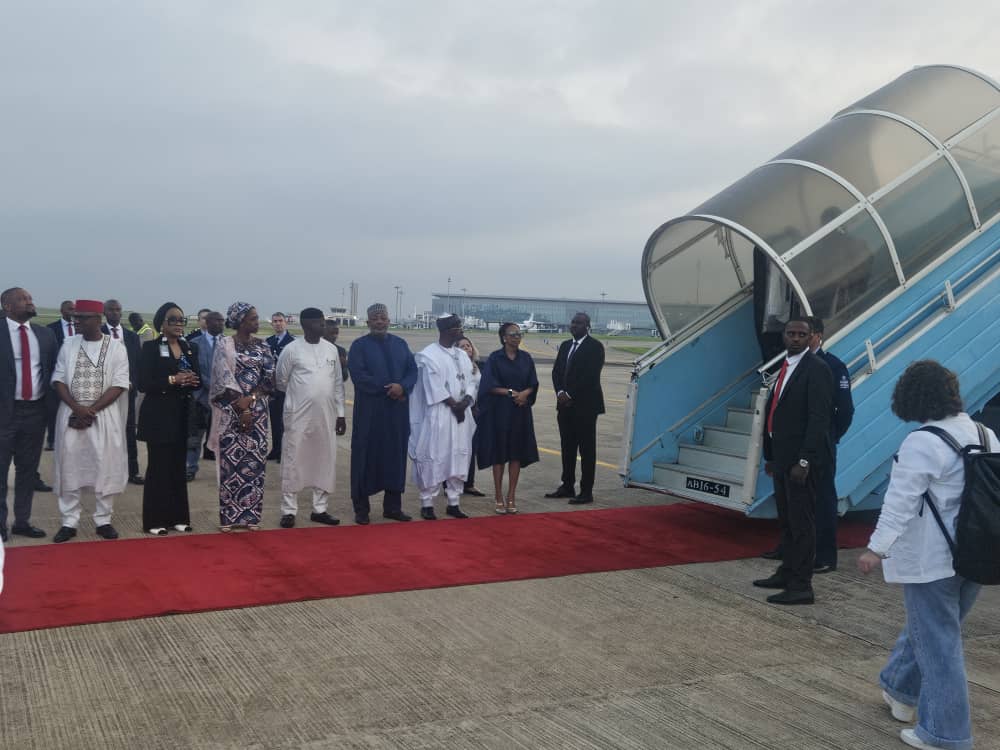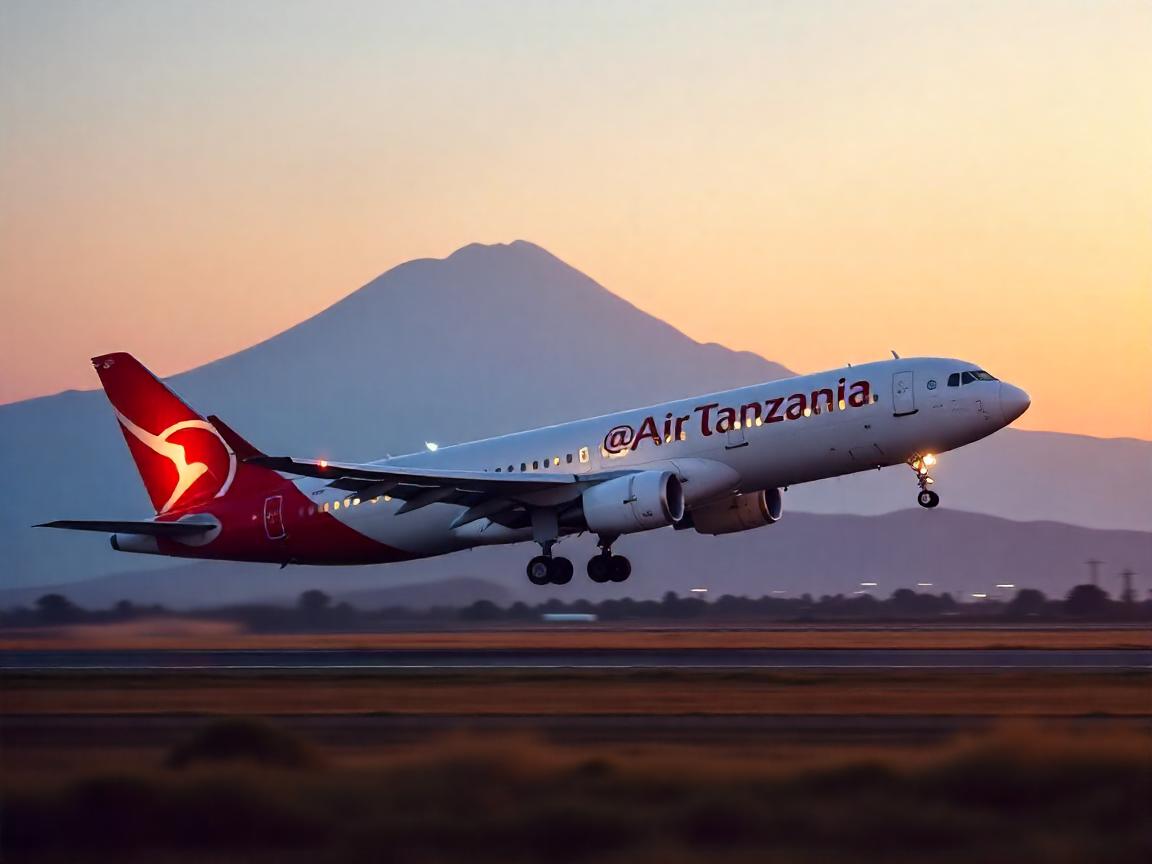From Iraq to UAE, Iran is surrounded by US military hubs - DW - 06/24/2025
More than 40,000 US soldiers are currently deployed in the Middle East, with many of them on ships, according to the US think tank the Council on Foreign Relations (CFR). The number of troops is slightly lower than in October, during the previous escalation of tensions between Israel and Iran.
In earlier years, there were far fewer US troops in the Middle East, totaling about 30,000.
According to the recent overview by the CFR, the US has military facilities and troops spanning Bahrain, Egypt, Iraq, Israel, Jordan, Kuwait, Qatar, Saudi Arabia, Syria and the United Arab Emirates — and beyond.
US troops also use large bases that are formally operated by allies, such as in Djibouti, in East Africa, and in NATO partner Turkey.
The largest US air force presence is the Al-Udeid airbase in Qatar, which was recently targeted with missiles by Iran. Operated by the Qatari air force, the airfield is also used by British and Australian air forces, as well as the US military. Adding all locations together, the US armed forces are either temporarily or permanently stationed at nearly 30 bases across the Middle East.
The presence of US troops in the region is often linked to past deployments. The United States has operated several bases in Kuwait since the Gulf War in the early 1990s, when, Iraq attacked its small oil-producing neighbor and was repelled by US forces.
After the second Iraq war in 2003, the United States retained its presence in two locations, partly to protect the Kurdish and Yazidi population in the northern region of Erbil.
US troops are also still to be found in neighboring Syria: in the south and in the Kurdish-dominated north. In 2015, during the civil war, the United States began deploying special forces to the Rojava region, which is predominantly populated by Syrian Kurds. The Kurds faced extreme persecution by the terror organization the "Islamic State" during the civil war.
So far, Iran has limited itself to its rather symbolic attack on Al-Udeid. Casualties were avoided as Tehran alerted the United States in advance, and the missiles were apparently intercepted by air defense.
It remains doubtful whether Iran could threaten US troops in the region with ballistic missiles on a wider scale, missile and drone expert Fabian Hinz told DW.
Hinz, who conducts research for the International Institute for Strategic Studies (IISS), referred to reports from the United States that Iran could produce 50 ballistic missiles every month.
"Although this is a considerable production rate, it is still not enough to maintain Iran's current rate of fire," he said — which means that the attacks on Israel since mid-June would quickly decimate its stock.
This article was originally written in German.










